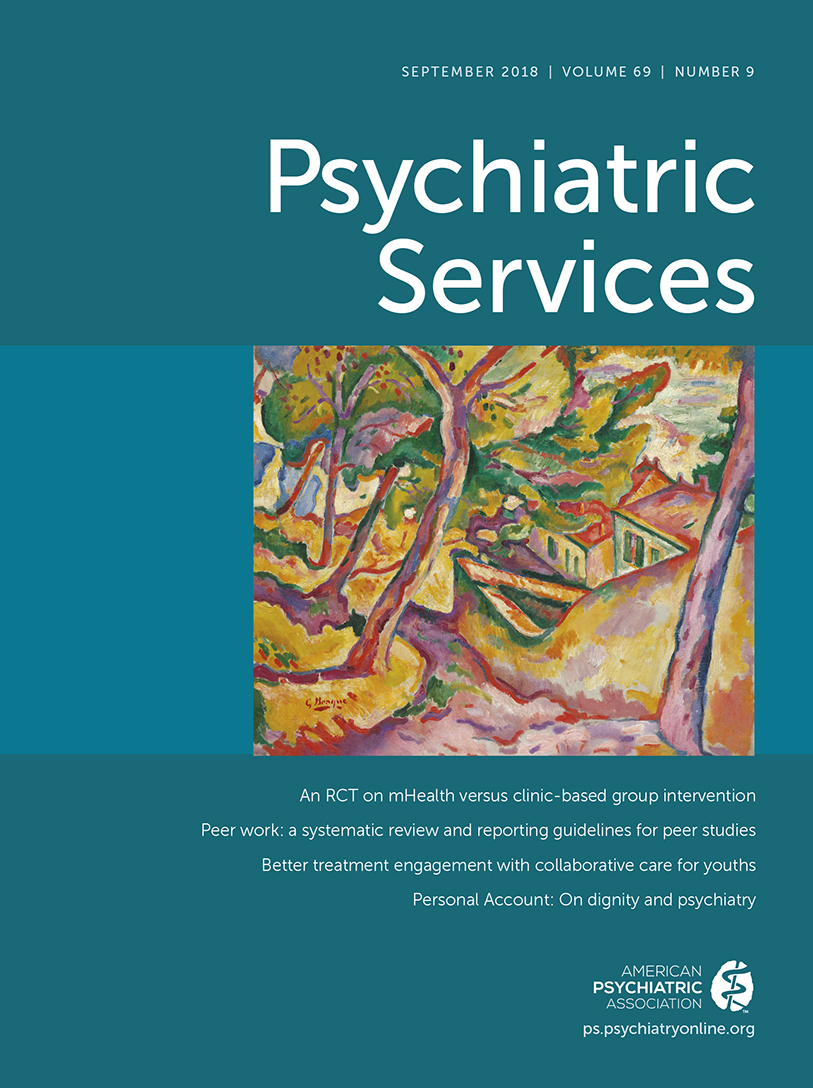Trends in and Predictors of Long-Term Antipsychotic Polypharmacy Use Among Ohio Medicaid Patients with Schizophrenia, 2008–2014
Abstract
Objective:
The study examined trends and patterns in long-term antipsychotic polypharmacy among Ohio Medicaid patients with schizophrenia and predictors of use.
Methods:
A study using a retrospective cohort design and Medicaid claims data was conducted for a cohort of 25,062 adults with a schizophrenic disorder receiving antipsychotic medication between 2008 and 2014. Long-term antipsychotic polypharmacy was defined as simultaneous treatment with two or more antipsychotic medications for ≥90 days. Annual trends in antipsychotic polypharmacy were estimated. Multivariate logistic regression was used to identify patient demographic, clinical, and treatment characteristics associated with antipsychotic polypharmacy.
Results:
The prevalence of antipsychotic polypharmacy decreased significantly from 29.5% in 2008 (2,715 of 9,211) to 24.9% in 2014 (2,866 of 11,500) (adjusted odds ratio=.98, 99% confidence interval=.97–.99, p<.001). Factors significantly associated with antipsychotic polypharmacy included younger age, male sex, disabled status, rural residence, a schizophrenic disorder other than schizoaffective disorder, a greater number of general medical comorbidities, treatment with more psychotropic medication classes, and more outpatient mental health treatment and emergency department visits. Antipsychotic polypharmacy was significantly less likely for African Americans or those from other racial minority groups compared with whites, for those with substance use disorders compared with others, and for those with a greater number of inpatient psychiatric hospitalizations.
Conclusions:
Antipsychotic polypharmacy declined for pharmacologically treated individuals with schizophrenia in Ohio Medicaid between 2008 and 2014, but it remained inordinately prevalent given existing treatment guidelines that recommend antipsychotic monotherapy as the standard of care for patients with schizophrenia.



